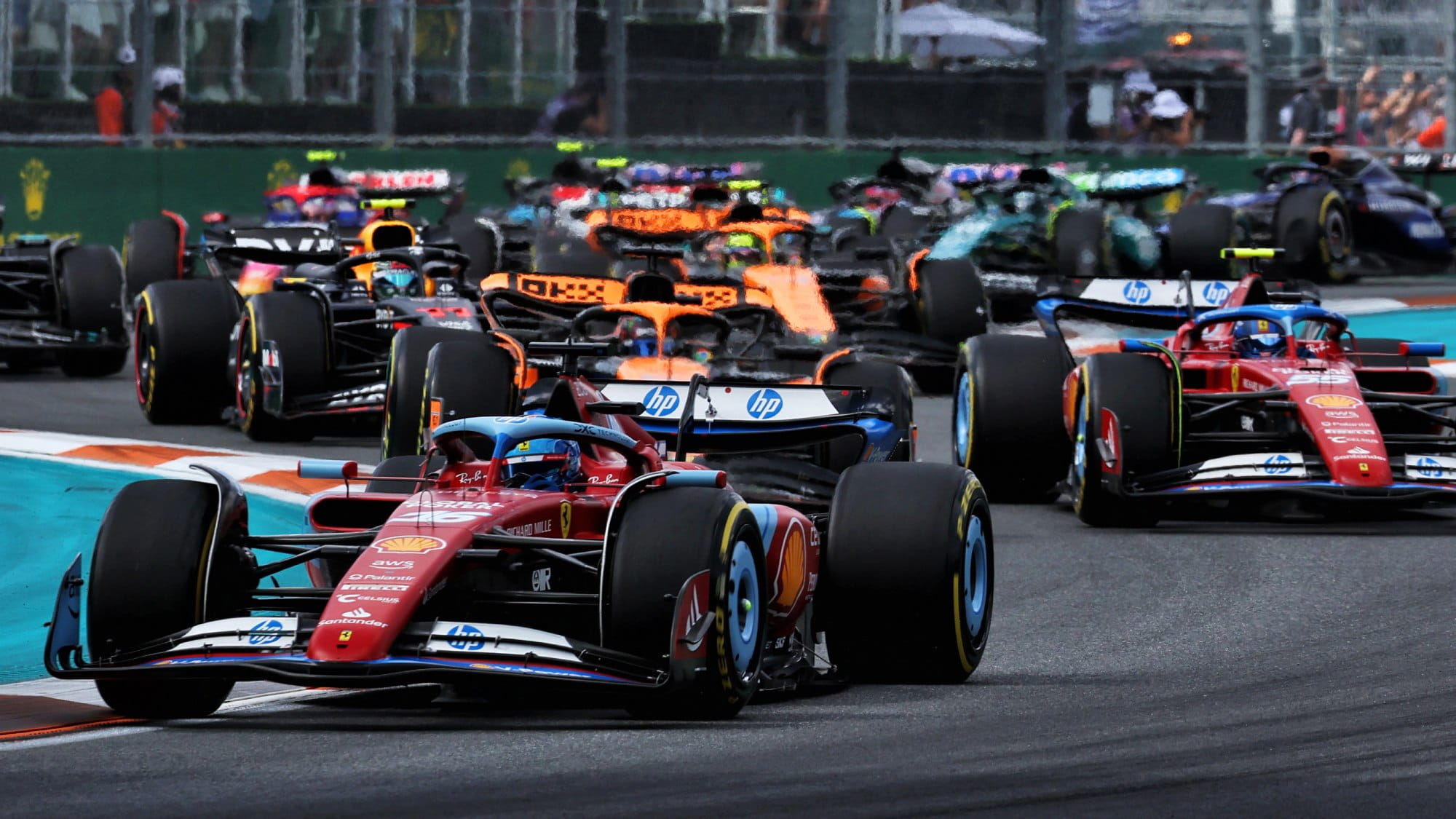Car
What are the Formula 1 technical regulations and where can I find them?
by Josh Suttill
3min read
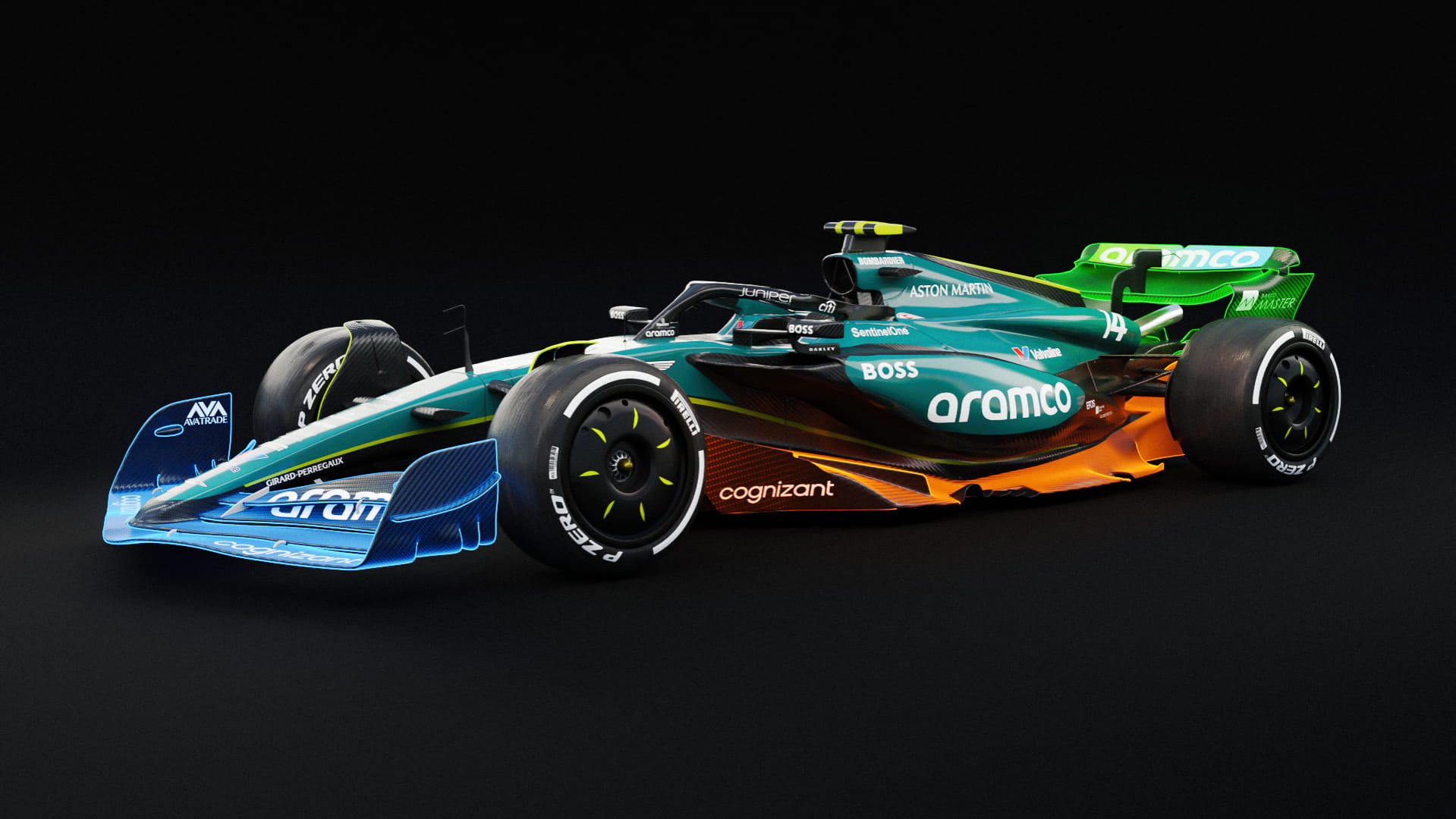
Every Formula 1 team has to build their car to a very specific set of regulations designed to challenge some of the most accomplished engineers in the world to their creative limits.
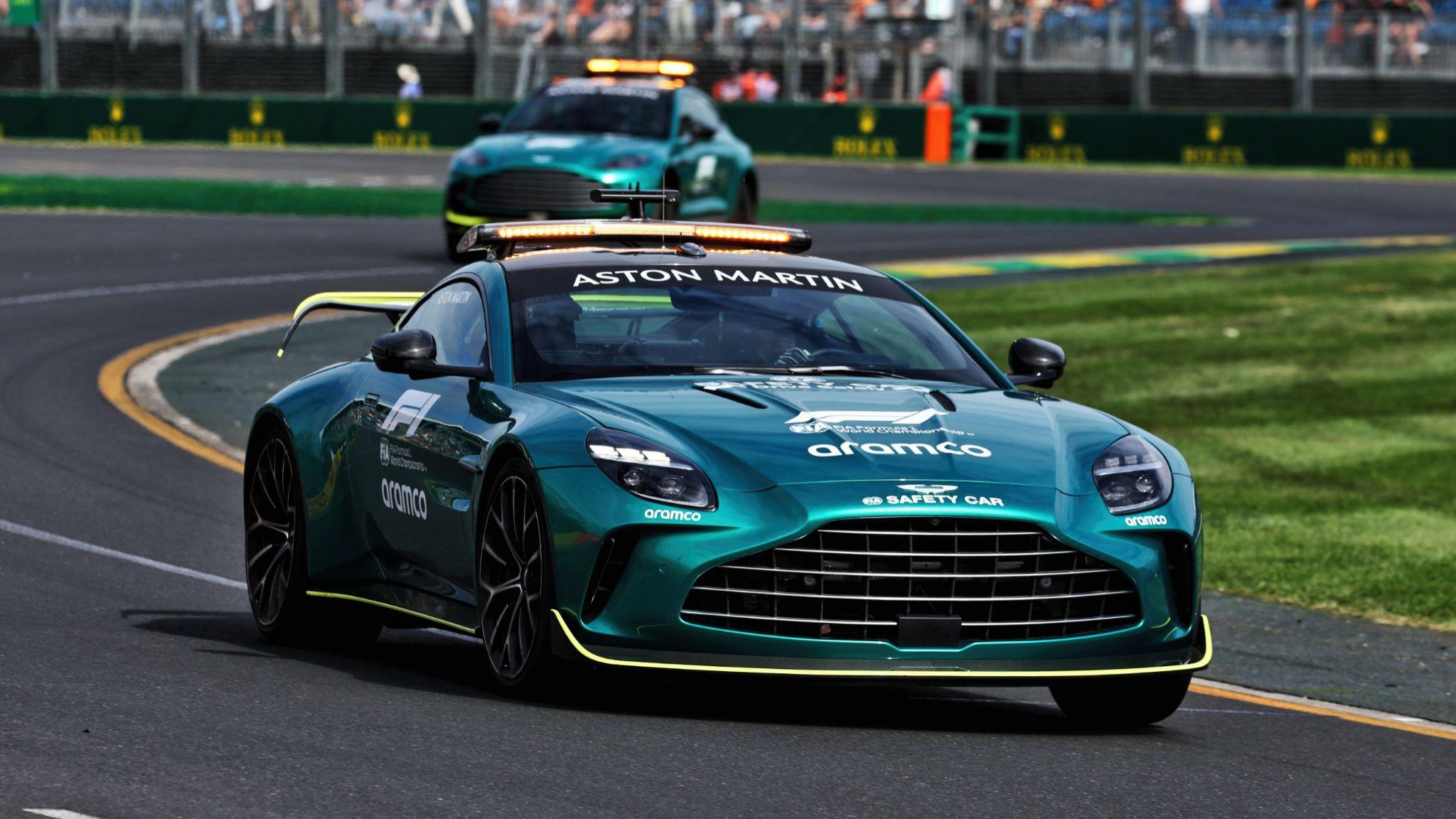
Innovation, Car
F1 safety: How Formula 1 drivers are protected from accidents
The F1 Technical Regulations are the backbone of the championship and interpreting them is key to any F1 team’s success or failure.
What’s the aim of the F1 technical regulations?
The Technical Regulations are essentially a written set of rules to shape the kind of F1 cars that are produced by F1 teams. These rules are written with a final car that satisfies the aims that the motorsport’s governing body, the FIA, wants to achieve.
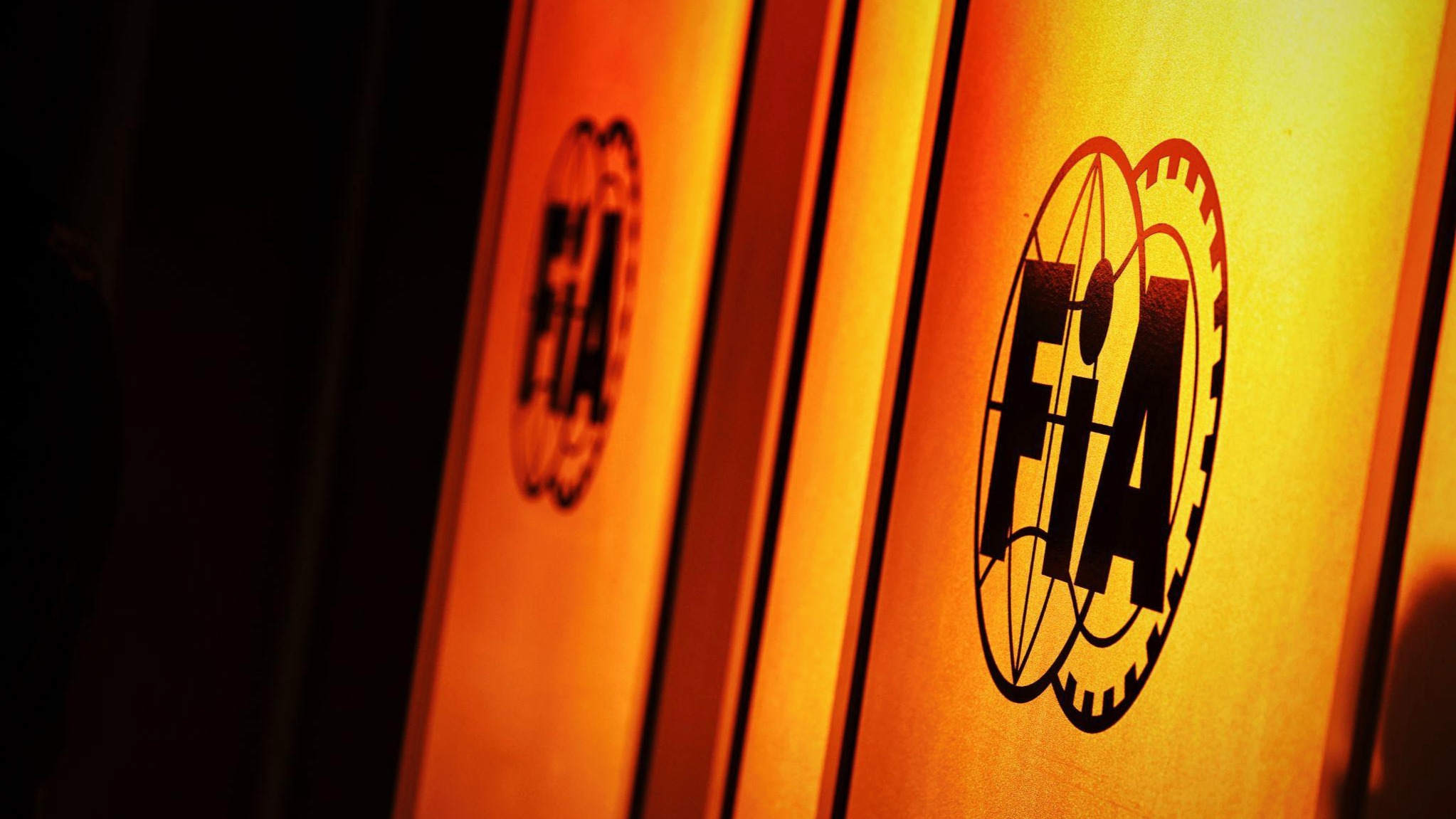
The FIA is a worldwide governing body for motorsport, including Formula 1
The regulations ensure relative parity across all 10 cars, so while there’s plenty of room for designers to find added performance, all of the cars will generally appear similar on the surface.
The rules are also amended by the FIA to accomplish further goals.
For example, if the FIA wants to increase the frequency of overtaking in the championship, it can make amendments to the Technical Regulations that are aimed at making the teams design cars with less dirty air. As a result, cars that are easier to follow (and pass) are produced.
However, the design gurus within F1 teams are so ingenious this doesn’t always go to plan, as their sole aim is to produce the fastest car possible.
This can often mean F1 teams seeking loopholes within the rules or different interpretations.
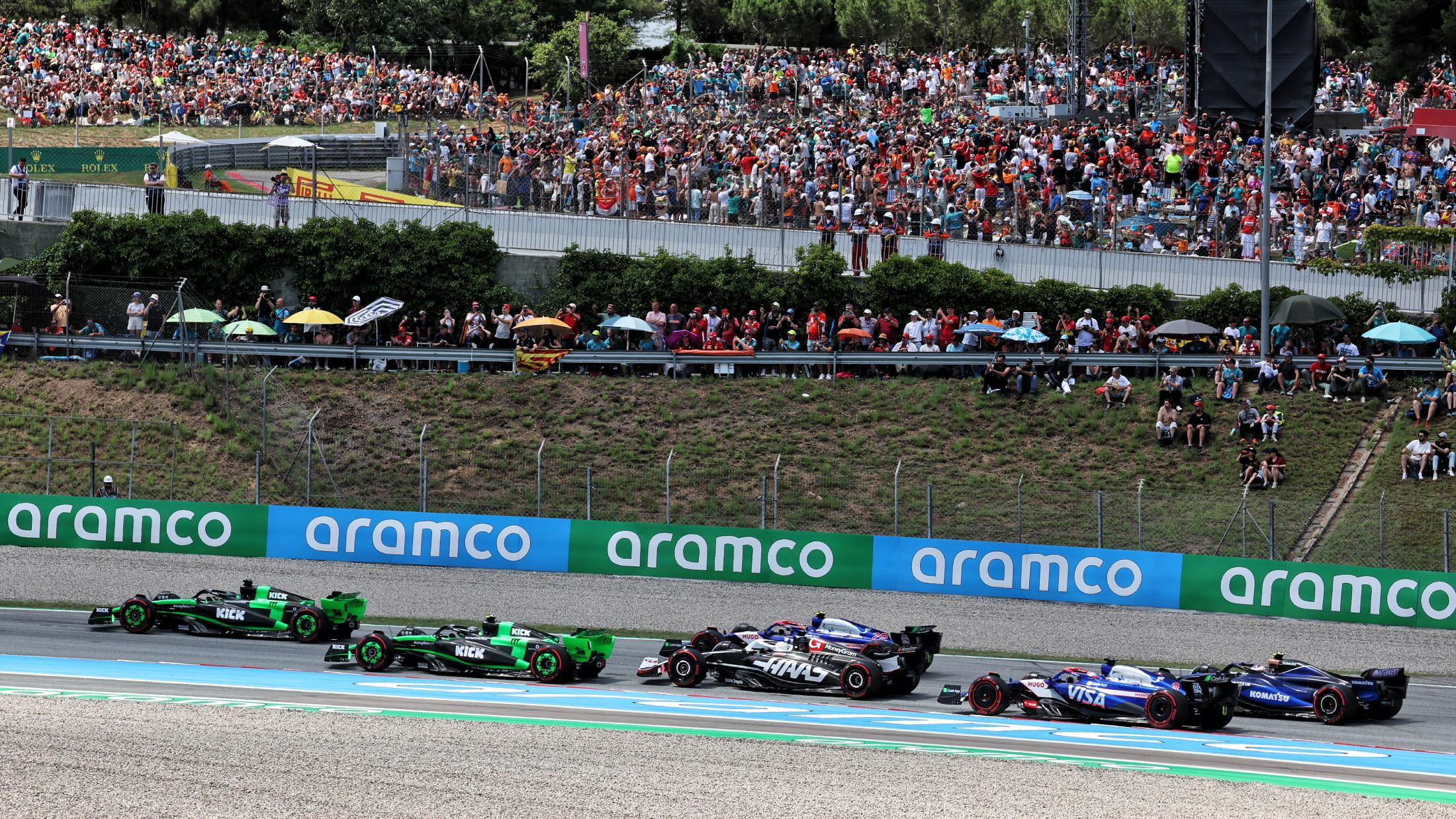
The FIA writes regulations with particular car characteristics and qualities in mind
How often do the F1 technical regulations change?
With F1 teams regularly finding loopholes and producing some unexpected innovations that aren’t necessarily within the ‘spirit of the rules’ – i.e. the aim of the regulations – the FIA will frequently update the Technical Regulations.
This might be to outlaw a specific innovation either at the start of the next season or even mid-season in some cases. For example, Mercedes debuted an innovative dual-axis steering (DAS) in 2020 that allowed the driver to move the steering wheel closer to them and change the angle of toe on the front wheels.
DAS was banned before other teams began to study and apply it to their own cars.
DAS was banned before other teams began to study and apply it to their own cars.
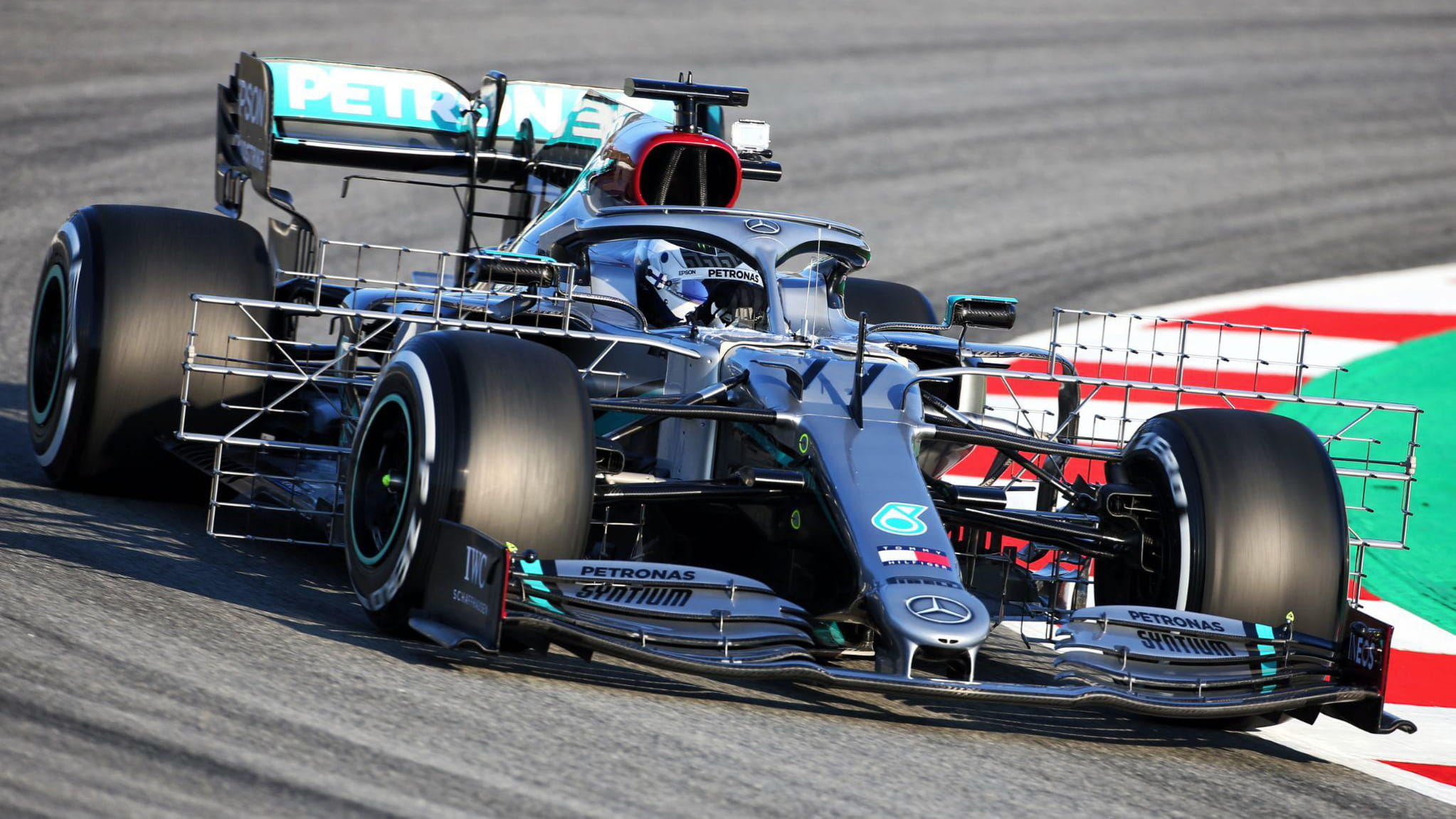
Mercedes tested the revolutionary DAS device in 2020 – before it was outlawed by the FIA
The regulations receive fairly wholesale updates each year and every few years there’s a major regulation overhaul.
The last major change came in 2022 with the introduction of the ground effect era cars, while 2026 will be the year of new car and engine changes.
Generally, changes are ratified by the World Motor Sport Council (WMSC) who meet at least four times a year to decide rules, regulations, safety and development of F1 and other motorsport categories.
How long are the F1 technical regulations?
As of now, the 2024 F1 technical regulations cover 177 pages containing 17 different ‘articles’ e.g. aerodynamic components.
Each of these articles can have several sub-points within, all of varying lengths.
After the 17 articles, there are also six appendices, including: ‘Power unit systems, functions, components and supply perimeter’.
Where can I find the Technical Regulations?
Anyone can access the latest F1 Technical Regulations on the FIA’s website.
Head to the ‘regulations’ tab from the homepage or click this link.
What are the Sporting Regulations - and how are they different?
The Sporting Regulations contain everything to do with the event, format and procedures i.e. what F1 teams use their cars for, rather than the cars themselves, which the F1 Technical Regulations generally cover.
The F1 Sporting Regulations contain everything to do with weekend structure, points, safety car procedures, as well as power unit and tyre allocations.
Much like the Technical Regulations, these are routinely updated and can also be found on the FIA website.
Of course, as F1 cars evolve, the Technical Regulations and Sporting Regulations evolve with them - to ensure a competitive and fair playing field.
/image-(2).jpg?cx=0.5&cy=0.5)
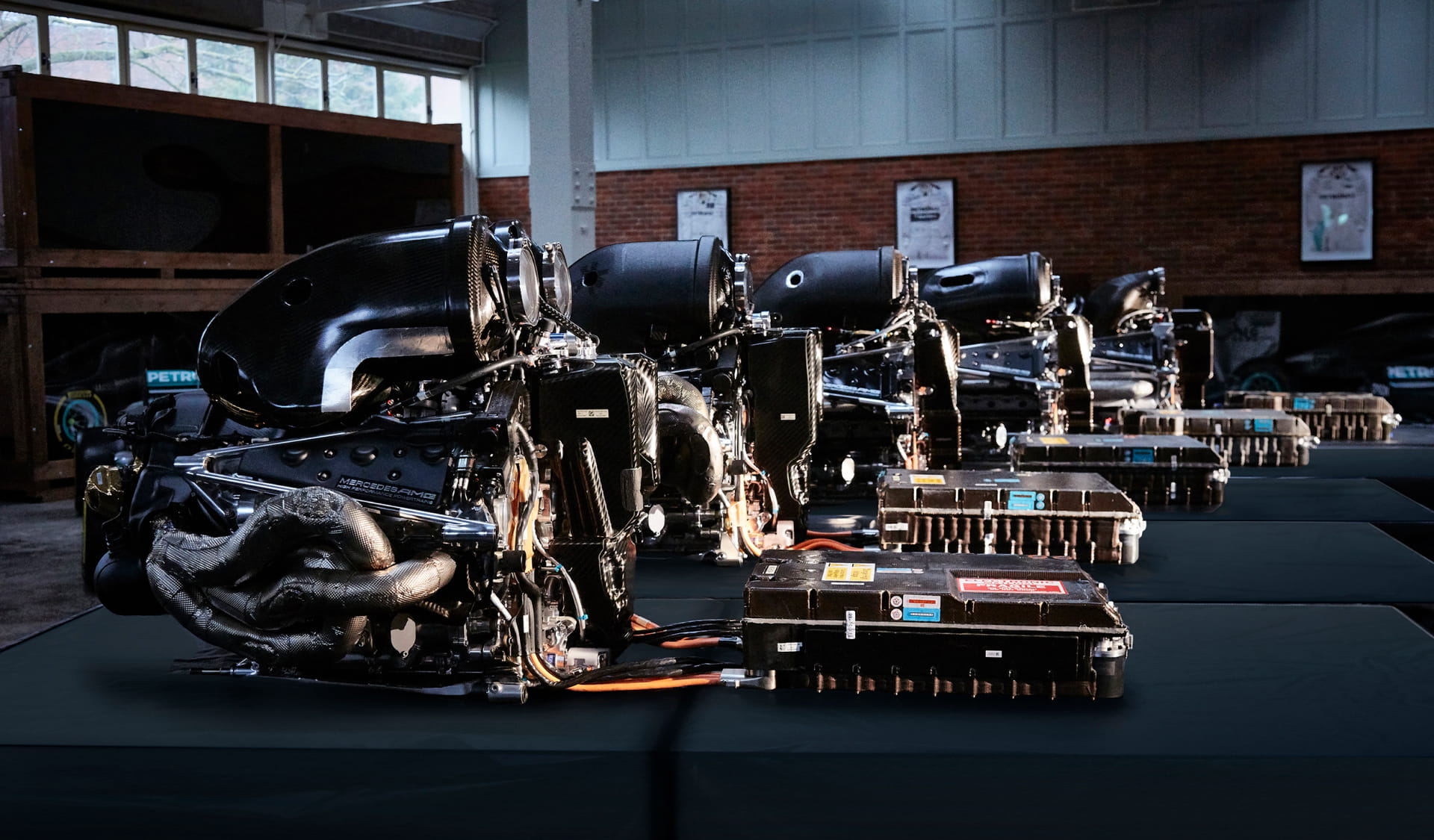
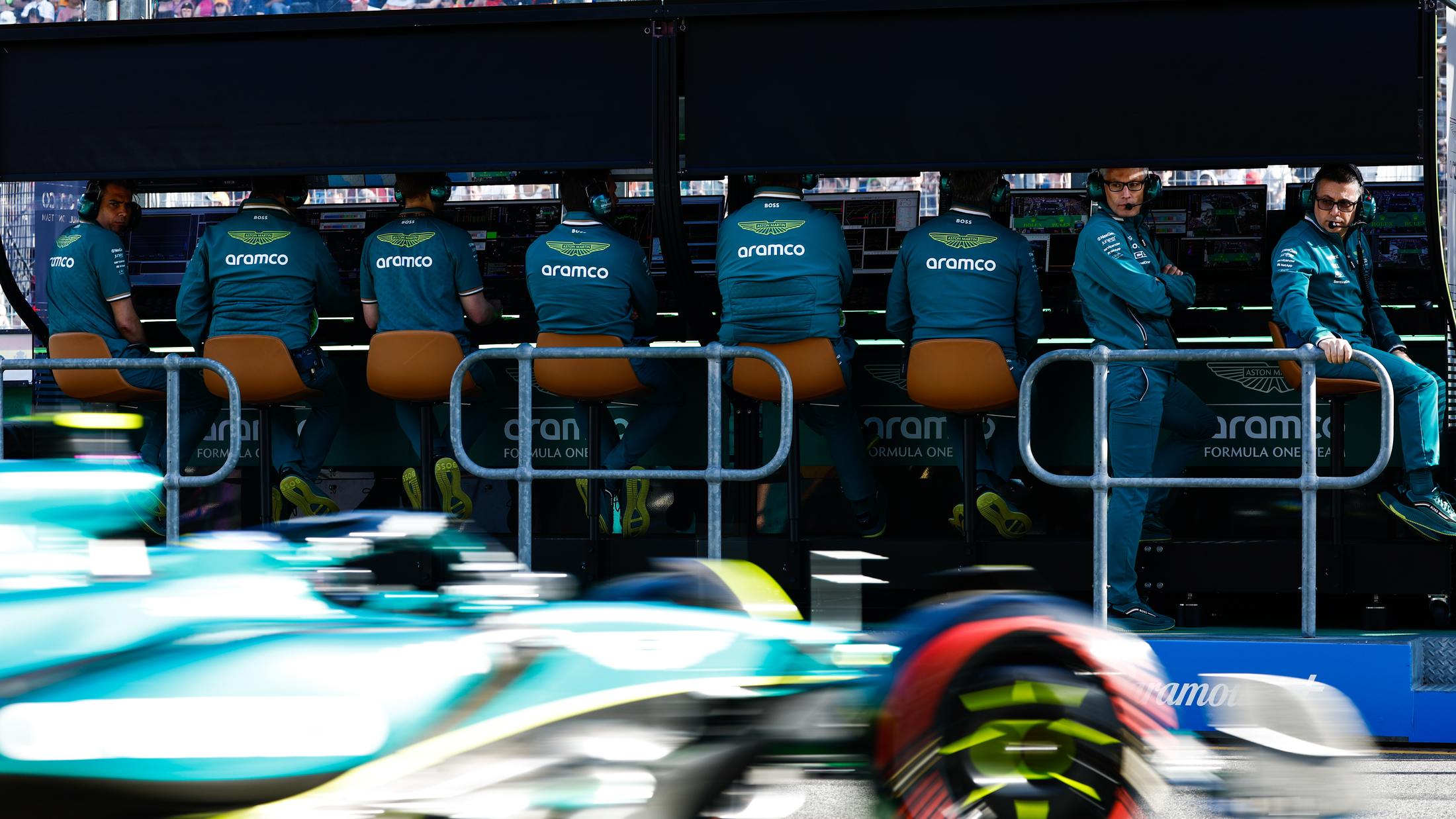
.jpg?cx=0.5&cy=0.5)
/xpb_1300472_hires-(1).jpg?cx=0.52&cy=0.57)
